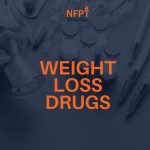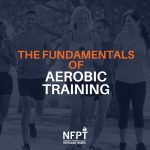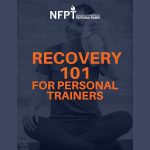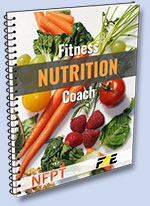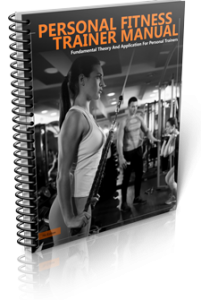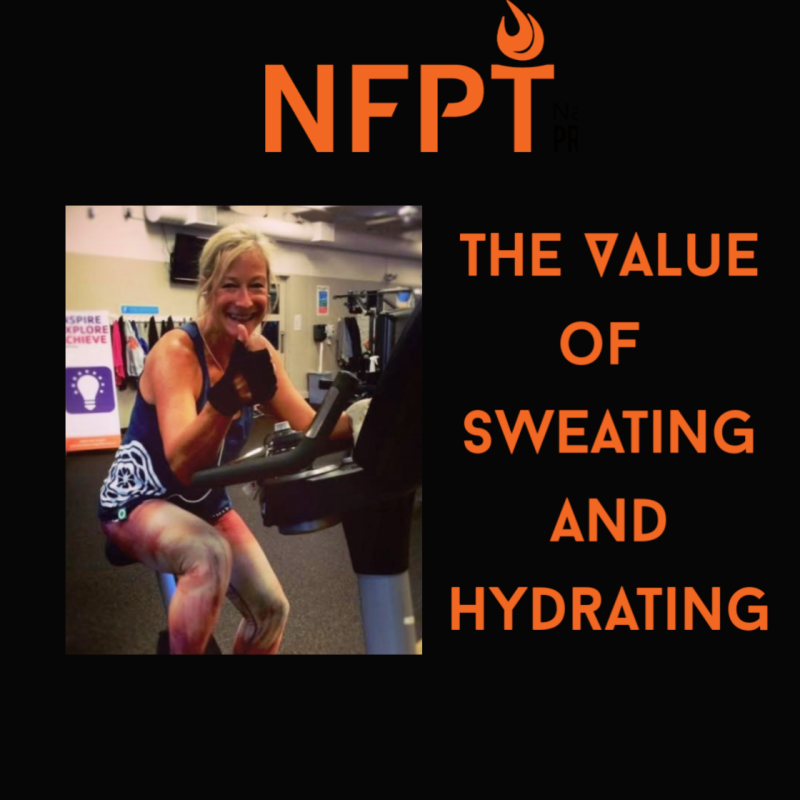
Sweating is our body’s natural cooling system. It keeps our temperature in check working on an automatic internal thermostat. I like to think of our pores as the permanent filters in the system providing the opening for sweat to be released. Is there more to sweating than what’s obvious? And how much should we be hydrating when we do? Here’s what personal trainers need to know about drinking water and sweating it out.
Cooling System
Sweat is a combination of water and salt. “When sweat evaporates from your skin, it removes excess heat and cools you…When the water in the sweat evaporates, it leaves the salts (sodium, chloride, and potassium) behind on your skin, which is why your skin tastes salty,” Craig Freudenrich, Ph.D. wrote in How Stuff Works. “The loss of excessive amounts of salt and water from your body can quickly dehydrate you.”
We have a serious number of sweat glands and the amount varies by gender. In an August 2013 Huffington Post article Six Things You Didn’t Know About Sweat reported that each of us has two to four million sweat glands. Although women have more sweat glands than men, men produce more sweat. The article also states that an athlete who exercises intensely in the heat can sweat out 2-6% of their body weight.
We all sweat at different degrees. How quickly someone sweats is not necessarily, a sign of their fitness level. Although, many exercise enthusiasts measure the value of their workout by how much they sweat.
Sweat and yoga are a package deal in hot yoga classes. The classes are held in a room with temperatures hovering close to 100 degrees Fahrenheit, sometimes higher. It’s not uncommon to see the yogis leaving class dripping in sweat with red faces.
Fitness pros and trainers know sweating is part of the workout– a by-product. But hydration needs to accompany a measurable amount of perspiration.
Why do we get thirsty?
What is the experience of thirst? When fluids are lost, there is a steady increase of sodium in our blood.
“Sodium being the electrolyte responsible for fluid retention, holds the key as to why we thirst,“ as DicoveryHealth.com states. An electrolyte is a “medical/scientific“ term for salts, specifically ions. The term electrolyte means that this ion is electrically charged and moves to either a negative (cathode) or positive (anode) electrode.
Throughout the day, whether active or not, there is a gradual reduction in our bodily fluids from chemical reactions, including exercise of all types. When this concentration reaches certain levels, the thirst center in our brain is triggered, creating a sensation of thirst.
Guyton’s Textbook of Medical Physiology states that “the total amount of water in a man of average weight (70 kilograms) is approximately 40 liters, averaging 57 percent of his total body weight. In a newborn infant, this may be as high as 75 percent of the body weight, but it progressively decreases from birth to old age, most of the decrease occurring during the first 10 years of life. Also, obesity decreases the percentage of water in the body, sometimes to as low as 45 percent.
It is important to note that these figures are statistical averages, and will vary based on the type of population, age, and number of individuals sampled, as well as the methodology. Consequently, there cannot be a figure that is exactly the same for all people.
Optimal Hydration
Hydration is paramount. The more you sweat, the more you need to hydrate. In addition to regulating body temps, it also assists with internal chemical reactions like digestion, circulation, and waste excretion. Such bodily functions as expanding and contracting muscles, breathing (keeping the lungs moist), controlling internal and external temperatures, lubricating our joints, and allowing all other organs to do their jobs owe their functionality to H2o.
Water is everywhere in the body, from the jelly inside the eyeballs to the fluid inside our skulls in which the brain floats. Our blood is what carries nutrients to all tissue and rids those tissues of lactic acid, a by-product of muscles during exercise, and other metabolic waste products. Because our blood is 90% water, without it our tissues would starve and we could literally poison ourselves in our own biochemical wastes.
Decreased volume in the blood vessels is called hypovolemia. Because water moves freely between the compartments, extracellular fluid deficit causes intracellular fluid deficit (cellular dehydration), which leaves the cells without adequate water to carry on normal function.
Keeping cool and staying hydrated can help conserve energy that can be used for exercise periods or other daily activities. Some folks often hesitate to drink a lot of H2O because they believe it will increase water retention. Actually, the opposite occurs. When there is enough water in the system, the body senses the shortage is over and the kidneys can resume getting rid of toxic wastes produced by the body. When this happens, the liver can return to its primary function of converting stored fat into energy.
Therefore, with a proper balance of caloric intake and physical exercise, the body is better able to reduce the amount of stored fat.
The amount of we need to hydrate varies based on factors such as air temperature, humidity, clothing, diet, exercise intensity, and individual needs. There are various opinions on how much fluid we need, but it’s usually between 8 and 10 cups of water daily. Another method of determining your ideal intake is taking your body weight in pounds, dividing it in half, and calling it ounces. So, a 150lb individual will need about 75 oz a day. (With a maximum of 90 oz a day for anyone!). Always heed your medical professional’s advice!
Signs of Dehydration
Athletes need to stay hydrated for optimal performance. Studies have found that a loss of two or more percent of one’s body weight due to sweating is linked to a drop in blood volume. When this occurs, the heart works harder to move blood through the bloodstream. This can also cause muscle cramps, dizziness and fatigue and even heat illness including:
- Heat Exhaustion
- Heat Stroke Causes of Dehydration
When exercising, NFPT recommends drinking water throughout your workout, as well as following it. The small intestine absorbs 8 – 10 ounces of water every 20 minutes, so you want to pace your fluid intake. I remember as a sprinter waiting until the end of the meet to down a large bottle of a sports drink, only to throw it up in a trash can. Now I know why!
Drinking as you’re actively sweating gives your body a chance to use it on demand, rather than guzzling a bunch at once. I see many gym-goers walking around with a gallon jug of water to help them measure how much they drink.
Weighing before and after a workout can be a quick estimate of how much fluid was lost. To replace lost fluids, you need to ingest 16 ounces of water for every pound lost.
Water or Sports Drink?
When do recommend sports drinks to our clients? NFPT recommends a sports drink of 6-8% sugar solution with 100 mgs/8 OZs of sodium concentration if exercise is intense or lasts more than an hour.
I like to think of water for my body like gasoline for my car. It keeps my motor running. In fact, oftentimes, people think they are hungry when they are thirsty.
Sweat is going to happen. “Sweat cleanses from the inside,” said Dr. George Sheehan. “It comes from places a shower will never reach.” As trainers, we can continue to emphasize sweat and hydration benefits. And whether to hydrate with plain H2O, water alternatives, or sports drink.
References:
Personal Fitness Training Manual, National Federation of Professional Trainers, 7th edition, page 146 (2017).
Guyton’s Textbook of Medical Physiology. Arthur C. Guyton., John E. Hall.
https://health.howstuffworks.com/skin-care/information/anatomy/how-sweat-works3.htm
https://www.huffpost.com/entry/facts-about-sweat_n_3709248

